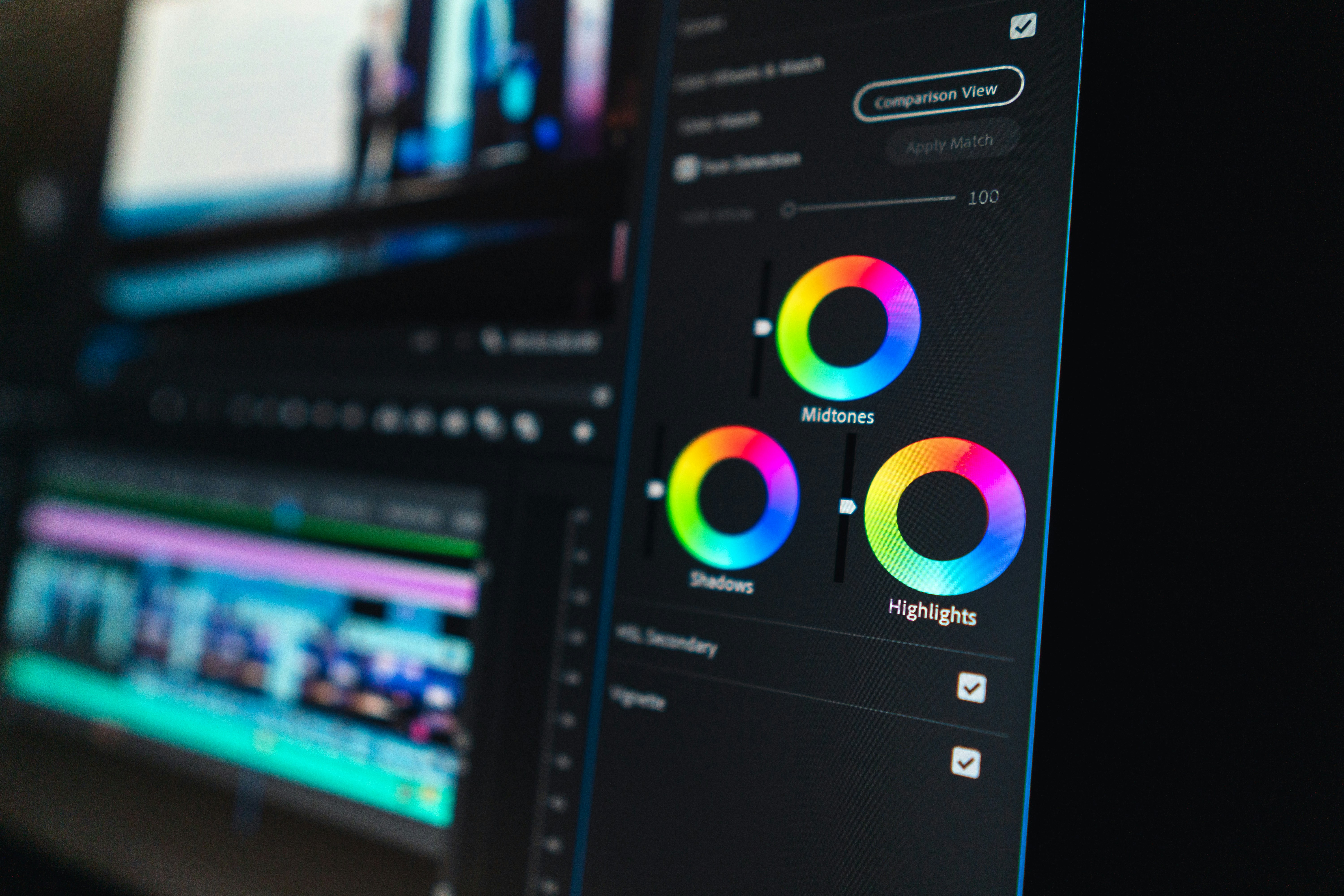October 7, 2024
AI Workflows, not AI Drafts
In the life sciences sector, regulatory submissions like INDs (Investigational New Drug applications) and NDAs (New Drug Applications) are complex, time-intensive, and incredibly nuanced. These documents must meet rigorous regulatory requirements that differ significantly depending on the product type—biologics versus small molecules, for instance. The challenge is twofold: not only must submissions be technically accurate and comprehensive, but they must also follow the specific formats and structures expected by regulatory authorities.
Creating AI Systems That Understand Product Nuances in Regulatory Submissions
In the life sciences sector, regulatory submissions like INDs (Investigational New Drug applications) and NDAs (New Drug Applications) are complex, time-intensive, and incredibly nuanced. These documents must meet rigorous regulatory requirements that differ significantly depending on the product type—biologics versus small molecules, for instance. The challenge is twofold: not only must submissions be technically accurate and comprehensive, but they must also follow the specific formats and structures expected by regulatory authorities.
Traditional AI, often seen as a "black box," can generate impressive results but frequently falls short of meeting the complex needs of life sciences professionals. These professionals rely on highly specialized knowledge that’s often subtle, case-specific, and cannot be generalized easily by standard algorithms. Therefore, the answer isn’t to rely on fully autonomous AI but to create augmented AI systems that empower subject matter experts (SMEs) by speeding up routine but necessary tasks that slow down the submission process.
Why AI-Driven Support for Regulatory Submission Needs to Be Nuanced
A one-size-fits-all approach to AI fails in regulatory submission preparation because INDs, NDAs, and other documents differ fundamentally in scope, focus, and requirements. For example, biologics and small molecules face different regulatory frameworks, each with unique data requirements. For biologics, the submission needs to capture extensive information about cell lines, biological activity, and processes, while small molecule submissions are more focused on chemical synthesis, purity, and stability. Even minor variations in product types necessitate different submission strategies, evidence types, and document formats.
Regulatory professionals are thus not only preparing documents; they’re tailoring them to meet intricate requirements specific to each product class. An effective AI system in this context should do more than just draft—it should act as a nuanced collaborator, assisting SMEs by capturing product-specific requirements, highlighting regulatory nuances, and accelerating content assembly in ways that SMEs find natural and intuitive.
Not Just Better Drafts, but Better Workflows
At the core of an effective enterprise AI system in life sciences is the capability to transform workflows, not just improve the quality of document drafts. High-quality drafts are essential, but they’re only one part of a much larger process. SMEs juggle multiple responsibilities: interpreting guidance, collating data from disparate sources, and meeting the stringent standards for technical documentation. When AI focuses solely on generating drafts, it neglects the workflow inefficiencies that drag out submission timelines.
AI should be designed to create better workflows by automating mundane, repetitive steps, such as data extraction, templating, and formatting, which SMEs often spend significant time on. For example, an AI system might pre-fill template sections based on data extracted from previous submissions, quickly present relevant regulatory guidance based on the submission type, or automatically flag areas where product-specific regulatory variations apply.
A workflow-focused AI system optimizes the flow of information between departments, helps SMEs collaborate more effectively, and reduces the number of manual, repetitive tasks that interrupt high-value strategic work. In effect, the system would handle the “little things” that compound over time, allowing SMEs to focus on the nuanced aspects of regulatory science rather than logistics.
Building AI Systems to Empower SMEs, Not Replace Them
To build an AI system that genuinely assists SMEs in regulatory submission preparation, it’s essential to recognize that their expertise is irreplaceable. The ideal AI is not a "black box" but a transparent, adaptable tool that enhances the work of SMEs by amplifying their abilities. This means creating models trained on diverse and specific data relevant to different product types and incorporating mechanisms that allow SMEs to interact directly with the system, providing input and corrections that refine the system over time.
A hybrid approach that combines traditional NLP (natural language processing) models with rule-based systems can be highly effective here. For instance, NLP models can help identify document structures, while rule-based systems can flag certain product-specific regulations that need addressing. This approach gives SMEs a degree of control and transparency that pure machine learning models often lack.
The Path Forward: Prioritizing Trust and Transparency
The regulatory environment is rooted in trust and rigorous adherence to standards. To successfully integrate AI into the regulatory submission process, life sciences organizations must focus on creating transparent AI systems that SMEs can trust. The system’s actions, recommendations, and decisions should be interpretable and modifiable by human experts, not hidden behind opaque algorithms.
The future of AI in regulatory submissions lies in developing systems that adapt to the intricacies of various regulatory frameworks, handle specific product requirements seamlessly, and allow SMEs to work more effectively and accurately. An AI system that prioritizes workflow enhancement over output volume enables life sciences professionals to prepare submissions that are not only faster but also more compliant and reliable. By acting as an accelerator for SMEs rather than a replacement, AI can support the life sciences industry in bringing products to market with efficiency and precision, fostering innovation while upholding high standards.



